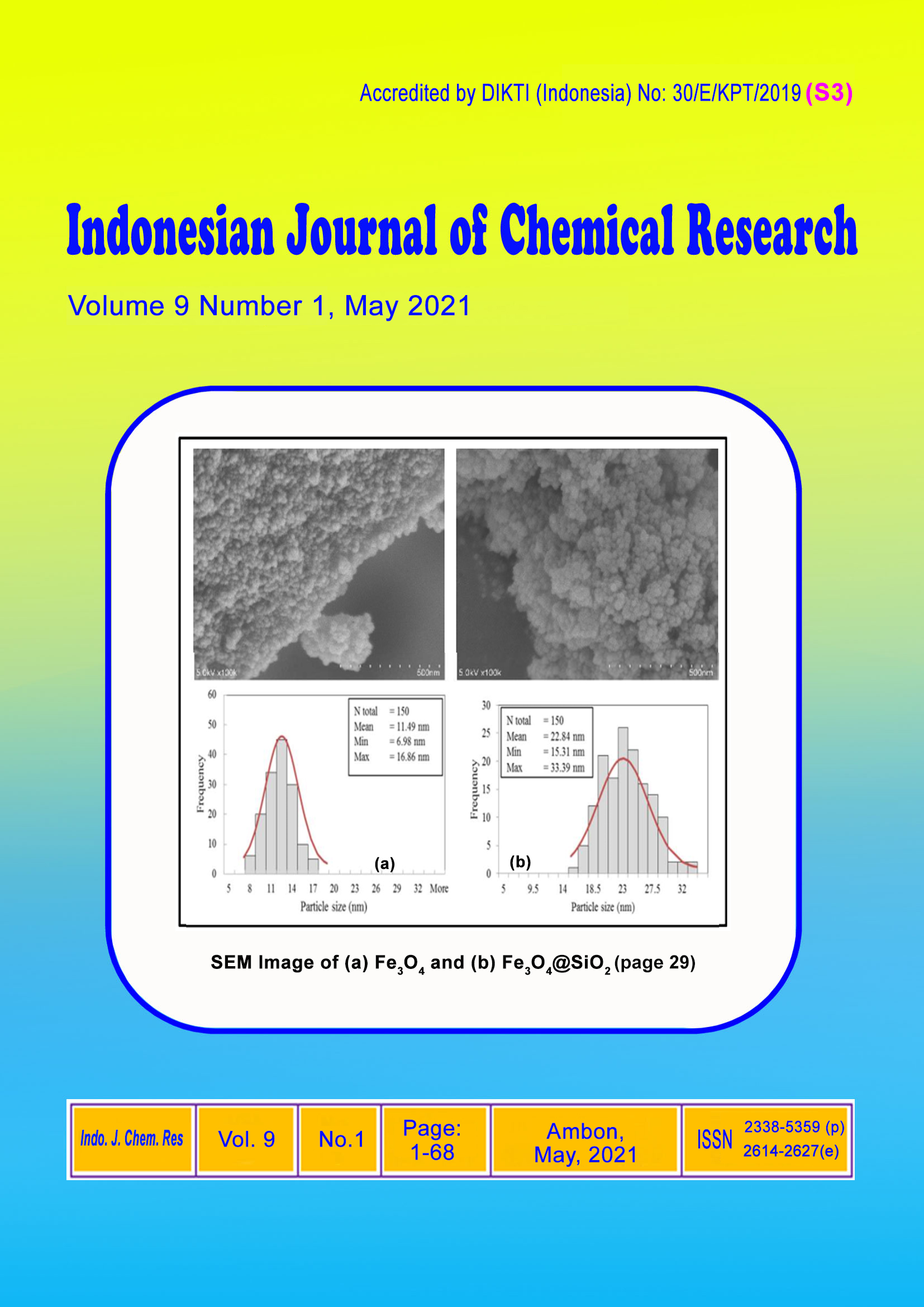Chemical Analysis of Rice from Converted-to-Organic Paddy Field in Lombok Island
Abstract
Chemical analysis has been undertaken to investigate the nutrients compositions and the presence of residual pesticides from rice cultivated from converted-to-organic paddy fields in Lombok Island. The nutrients being investigated were macronutrients (carbohydrates, fat, and proteins), micronutrients (beta-carotene), metal ions, and minerals, whereas pesticides being investigated were organo-chlorides residues such as endrin, delta-BHC, dieldrin, etc. The chemical analysis results were compared to those from rice cultivated from conventional farming, which uses chemical pesticides. It was revealed that there is no difference in the nutrients compositions of rice produced from converted-to-organic paddy fields to those from conventional farming. Moreover, it was shown that both rice samples from converted-to-organic and conventional farming paddy fields have no detectable residual pesticides. This finding suggests that the absence of residual pesticides from rice samples does not necessarily correspond to the application of organic farming in the converted-to-organic land. There is not robust evidence that the application of organic alters the nutrient composition of rice. This result also underlines the need to further investigate the real benefits of organic rice farming products in terms of nutritional composition and safety.
Downloads
Copyright (c) 2021 Lalu Rudyat Telly Savalas, I Nyoman Loka, Jannatin 'Ardhuha

This work is licensed under a Creative Commons Attribution-NonCommercial-NoDerivatives 4.0 International License.
Authors who publish with this journal agree to the following terms:
- Copyright on any article is retained by the author(s).
- The author grants the journal, the right of first publication with the work simultaneously licensed under a Creative Commons Attribution License that allows others to share the work with an acknowledgment of the work’s authorship and initial publication in this journal.
- Authors are able to enter into separate, additional contractual arrangements for the non-exclusive distribution of the journal’s published version of the work (e.g., post it to an institutional repository or publish it in a book), with an acknowledgment of its initial publication in this journal.
- Authors are permitted and encouraged to post their work online (e.g., in institutional repositories or on their website) prior to and during the submission process, as it can lead to productive exchanges, as well as earlier and greater citation of published work.
- The article and any associated published material is distributed under the Creative Commons Attribution-NonCommercial-NoDerivatives 4.0 International License.






_copy1.png)










